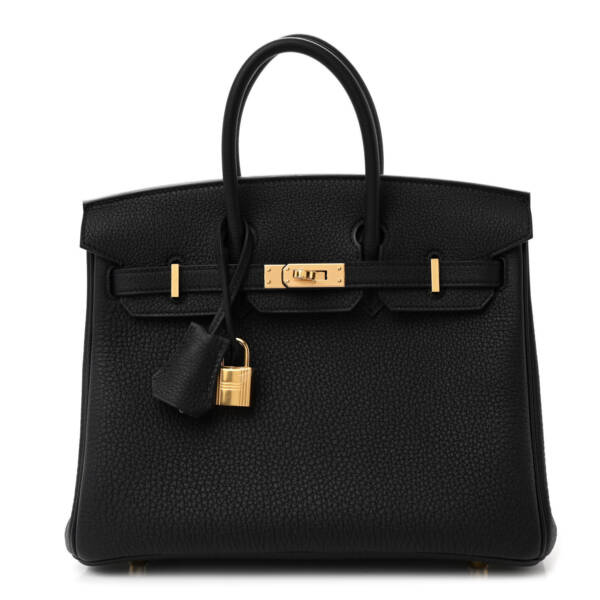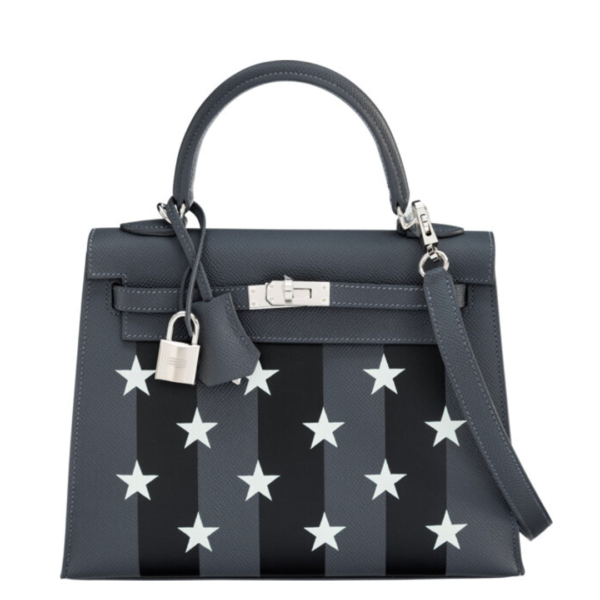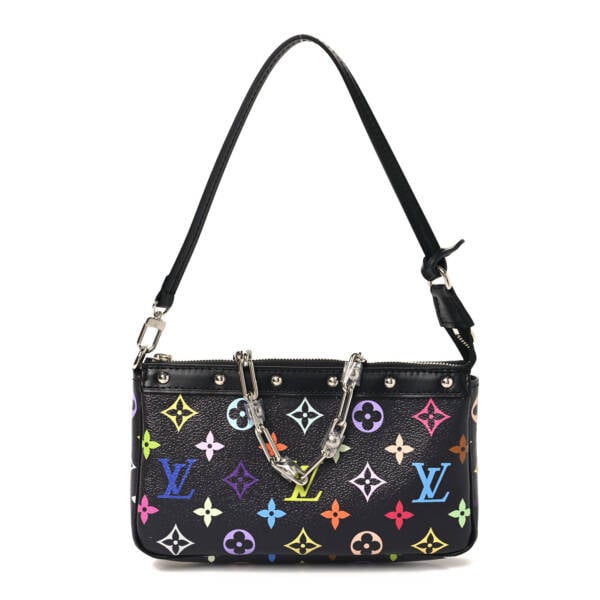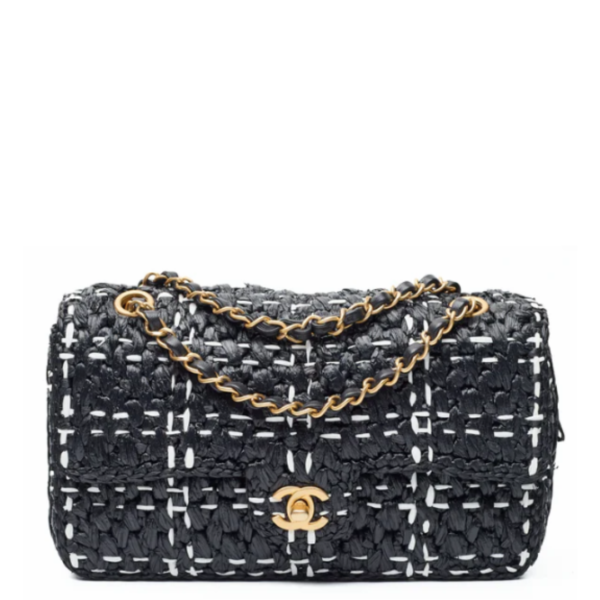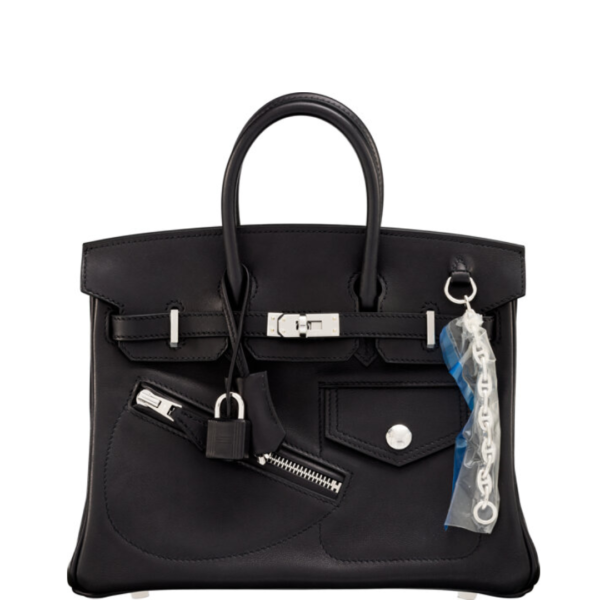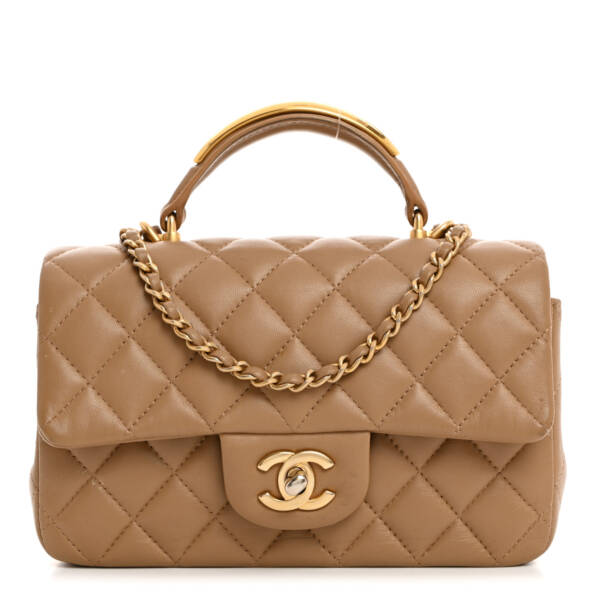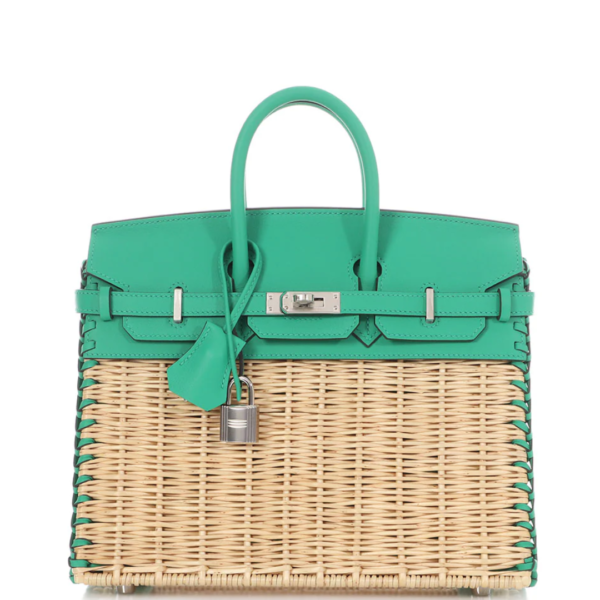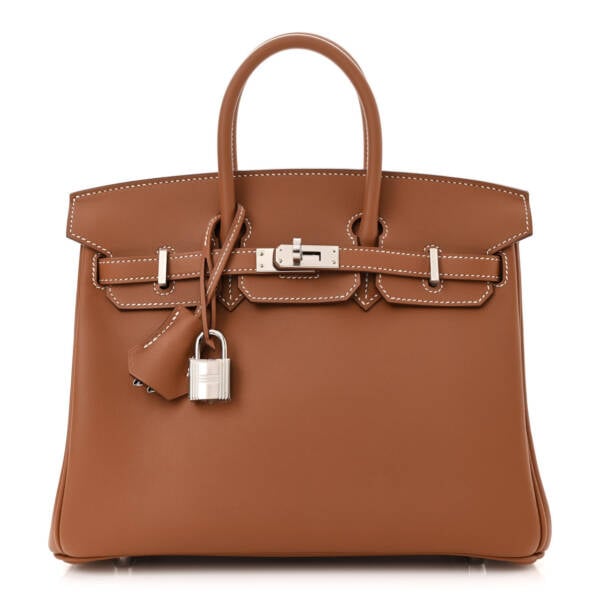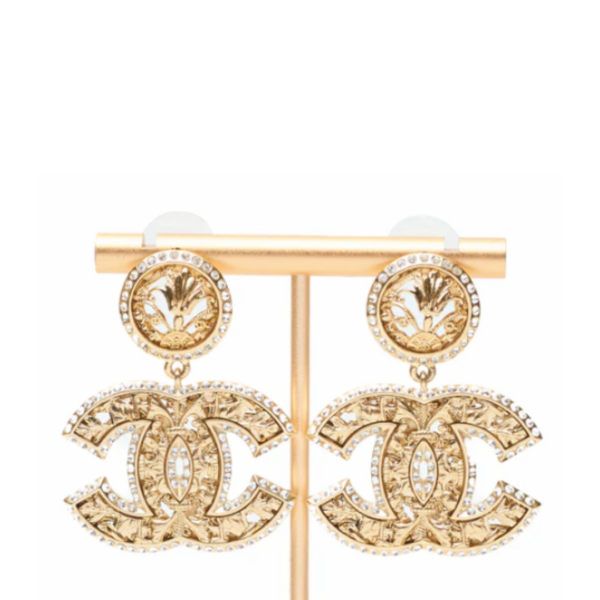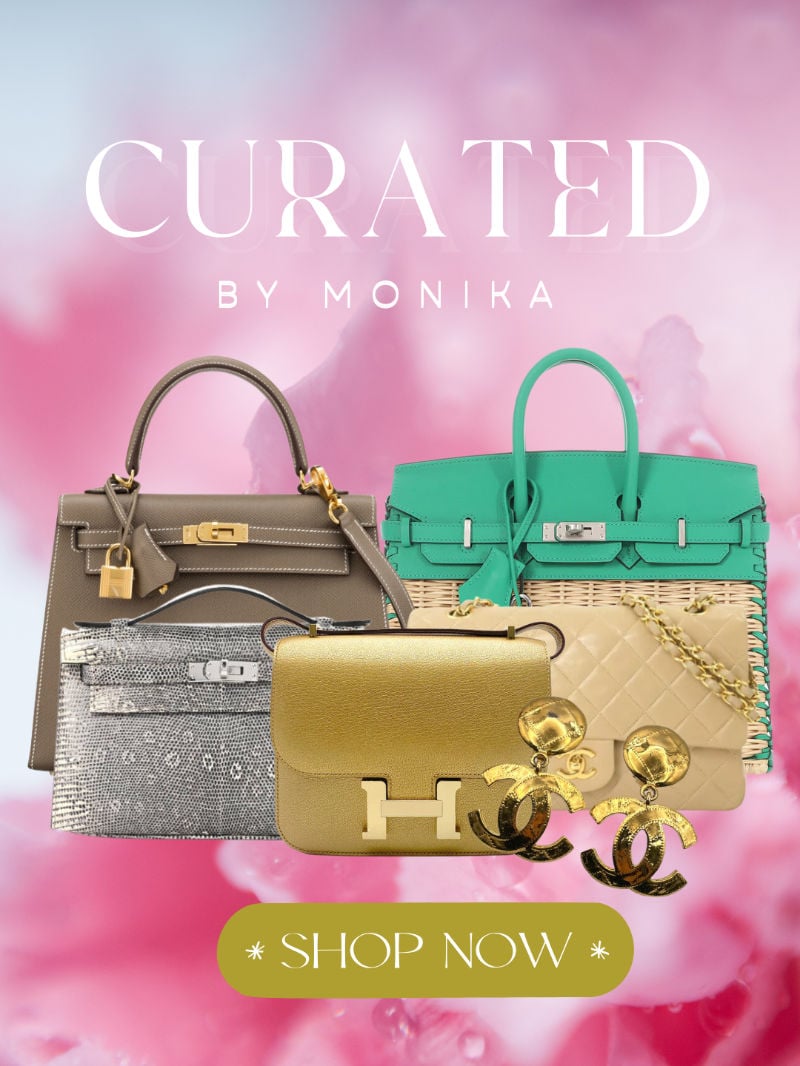Police in New York City just took a bite out of Manhattan’s unofficial district for shopping counterfeit merchandise. Of course,we’re talking about Canal Street. The area is well known to tourists and locals alike for the array of fake items available on the street and in back rooms.
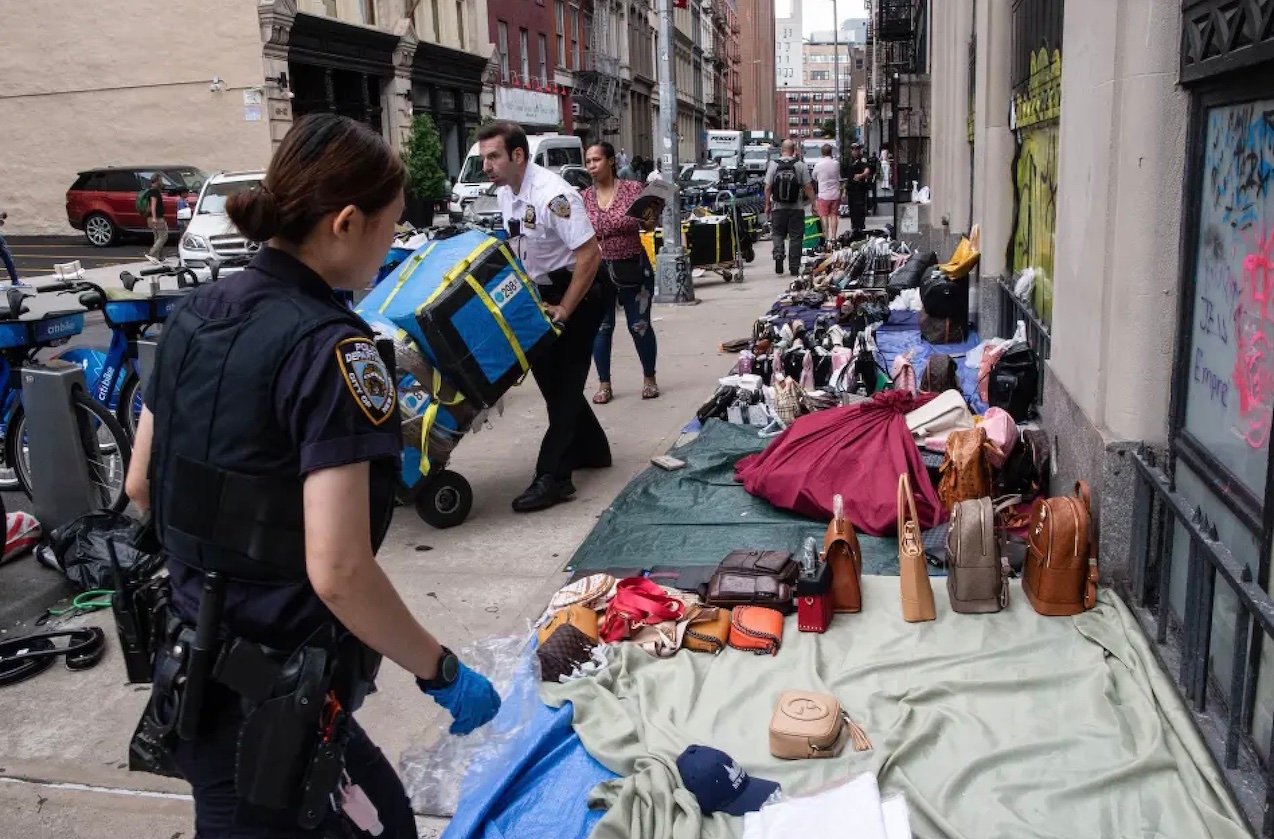
Image courtesy: nypost.com
According to the New York Post, on Thursday August 17, NYPD raided the area, netting about $30 million in fake luxury designer bags, watches, and sneakers, along with the arrest of eight illegal street vendors. Looking carefully at the NYPost photos, you can spy bags purporting to be Gucci, Louis Vuitton, Goyard, Burberry, and Dior.
Back in November 2022, a bust on Canal Street yielded $10 million in luxe-branded knockoffs along with the arrest of 17 merchants. And a year ago, in August 2022, cops seized another $2 million of fake designer goods. Each time sellers and (presumably) buyers return. According to reports, last week’s raid was in response to community complaints.
In case you’re wondering about the crime alleged – everyone arrested was charged with trademark counterfeiting. Some also were hit with unlicensed vendor charges and one person allegedly resisted arrest.
Given the magnitude – $30 million – based on the value of the seized goods had they been real, that’s a lot of fake designer stuff coming into just New York City. Notwithstanding the efforts of U.S. Customs and Border Patrol to seize shipments, as we report on routinely, clearly the products make it through anyway.
Moreover, it suggests that the demand for fake designer goods remains strong. Apparently buyers want the look and the label but don’t want or can’t pay the ever-escalating prices. Add to that the growing “superfake” industry – to be distinguished from the Canal Street bags – and it really may appear that anyone and everyone is loaded up with designer products. Peer pressure? Perhaps. And by some accounts it has also become more acceptable, even among the wealthy, to sport counterfeit designer items.
But it also raises an interesting question whether (or to what extent) these fake goods are affecting luxury brand sales. This summer LVMH (which owns Louis Vuitton and Dior, among others) and Richemont (which owns Van Cleef & Arpels and Cartier, among others) reported declines in U.S. sales to what they term “aspirational” consumers. Have these buyers turned to fake goods as they limit or eliminate their boutique spends?
What do you think? Let us know.
Read also:
LVMH Sales Revenues Continue to Rise in First Half of 2023
Riches of Richemont: Exploring the Growth of Van Cleef & Arpels and Cartier
Riches of Richemont: Exploring the Growth of Van Cleef & Arpels and Cartier
- Maura Carlin posted 2 years ago
- last edited 2 years ago


